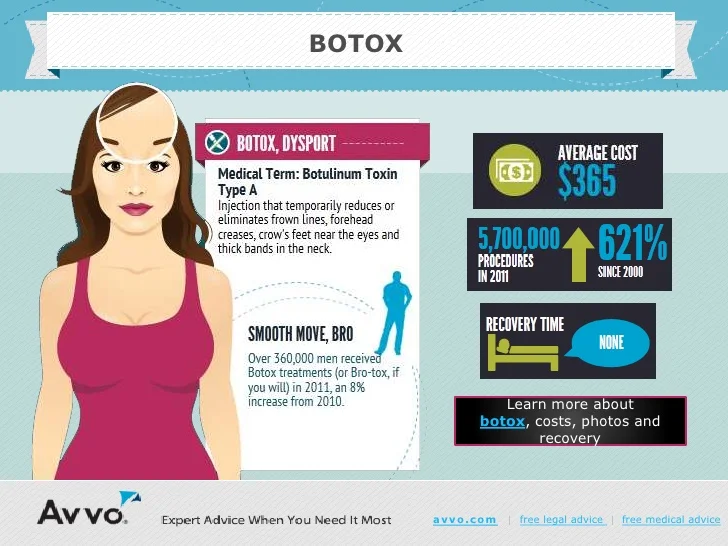Long Term Solutions For Hormonal Acne
Long Term Solutions For Hormonal Acne
Blog Article
Acne Therapy - What Are AHAs in Acne Therapy?
AHAs are a key active ingredient for unclogging pore clogs and lightening up acne-prone skin. They function by breaking down dead skin cell accumulation to advertise more recent, fresher cells, and stopping future clogs.
Developing topical AHAs demands thorough focus to various essential aspects that considerably affect their efficiency and tolerability. Keeping the optimal pH range, in addition to car option and concentration, amplifies their exfoliative attributes while minimizing prospective negative reactions.
Glycolic acid
Glycolic acid is understood for its light yet effective exfoliating homes, which promote skin's all-natural shedding and loosen the "adhesive" that holds dead cells on the surface of the skin. This assists unblock pores and decrease the appearance of great lines and wrinkles, as well as enhance general skin structure and tone.
Surprisingly, topical glycolic acid has actually additionally been revealed to promote the manufacturing of collagen, which is important in keeping skin's suppleness and flexibility. It is necessary to note, nevertheless, that due to the fact that glycolic acid can boost the skin's sensitivity to sunshine, it is essential to use sun block when using any type of products having this active ingredient.
Dermatologists pay careful focus to the formulation of products consisting of AHAs in order to enhance their effectiveness and tolerability. Developing AHAs with the appropriate automobile, together with pH and concentration considerations, allows for optimum skin infiltration while decreasing prospective negative reactions. This is specifically crucial for individuals with delicate skin, because AHAs are known to be gently irritating.
Lactic acid
Lactic acid is found in several non-prescription skin treatment products and some more powerful expert peels and treatments. It has the most affordable molecular weight of all the AHAs and has the ability to permeate much deeper into the skin, where it is more efficient at unclogging pores and scrubing.
Like glycolic acid, it also stimulates collagen synthesis, which assists reduce great lines and creases and improve skin structure. In addition, it has moisture-retention residential properties, which makes it better for drier skin kinds than other AHAs.
The comprehensive body of scientific information substantiating the efficacy of topical AHAs supports their utility in a vast array of dermatological afflictions and visual problems. These consist of detailed skin restoration procedures, depletion of fine lines and creases, lightening of hyperpigmentation, restorative intervention for actinic keratosis, and acne monitoring [2] Optimizing the solution of AHAs by balancing pH, focus, and vehicle choice further improves their healing capacity. These mindful considerations allow dermatologists to provide secure and effective treatments that give superior medical outcomes.
Mandelic acid
Mandelic acid, stemmed from almonds, is another member of the AHA household and is a preferred active ingredient in products that help treat acne. Its larger molecular size implies it permeates the skin a lot more gradually and delicately, which can lower the possibility for irritability. It's additionally much less most likely to activate inflammation and other skin sensitivity issues, making it suitable for sensitive skin types.
Mandelic Acid is thought to help in reducing swelling and increase hydration. It functions by loosening the bonds between dead skin cells, permitting them to drop and expose fresher-looking skin. It also helps in reducing the look of enlarged pores.
Creating topical items with AHAs requires a precise equilibrium of essential factors that substantially affect lactic acid their efficacy and tolerability. Particularly, the pH of an AHA formulation has actually been shown to play an essential function in its capacity to promote peeling and enhance complexion and texture. Accomplishing this optimum concentration is a tough goal and needs thorough attention to the different variables that impact the formulation procedure.
Citric acid
Citric acid, located in citrus fruits such as oranges and lemons, is a mild AHA. It's less annoying than glycolic or lactic acid, making it more suitable for delicate skin. It also has astringent residential properties, aiding to dry excess oil.
Like other AHAs, citric acid can be made use of in chemical peels and daily active/maintenance treatments to scrub the skin and advertise cell turn over. It can help reduce the look of dark spots and hyperpigmentation, in addition to great face lines.
It can also raise the synthesis of glycosaminoglycans, which play a vital duty in strengthening the skin barrier function. This helps to avert trans-epidermal water loss, and maintain optimal hydration degrees in the skin [35]
AHAs can be incorporated with calming components such as ceramides or hyaluronic acid to enhance their tolerability. They can be integrated into daily active/maintenance skin care via lotion or product formulations. This permits experts to customize their AHA treatments based upon patient demands and preferences, with the adaptability of selecting from various treatment strengths or concentrations.